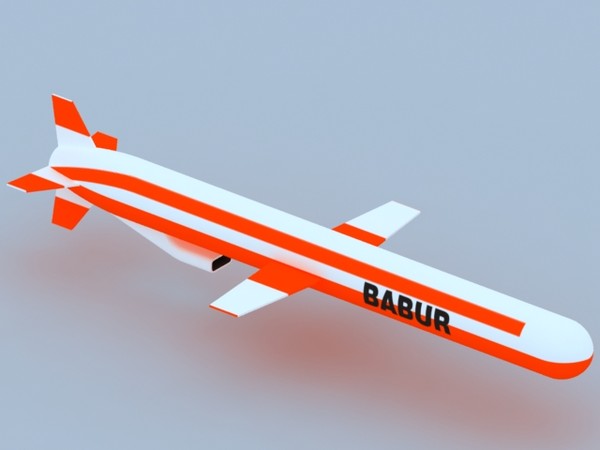TOPGUN
PDF THINK TANK: ANALYST

- Joined
- Jun 6, 2006
- Messages
- 8,689
- Reaction score
- 2
- Country
- Location
So many stupid ,dumb a$$ trolls and 9 pages of thread and going... wow you people just live to bash Pakistan get a f__ken life you need help stick to the topic or otherwise go troll somewhere else jerks.


 all pakistanis, indians and chinese have shown to iranians how cultured we are.
all pakistanis, indians and chinese have shown to iranians how cultured we are.







